Do you have a question about the Dodge 2005 Dakota and is the answer not in the manual?
Important warnings and cautions regarding vehicle operation and safety.
Explanation of safety features including seat belts and airbags.
Details on the function and components of the vehicle's airbag system.
Guidelines for safely installing and using child restraint systems.
Using the UConnect system for voice-activated communication.
How to activate, set, and deactivate the cruise control system.
Identification of gauges and indicators on the instrument cluster.
Detailed explanation of each gauge and indicator's function.
Functionality of the seat belt reminder and its relation to airbags.
Information on the Anti-Lock Brake System warning light.
Understanding the check engine light and emissions system monitoring.
Using the UConnect system for hands-free phone calls.
General guidelines for safely starting the vehicle's engine.
Starting procedures for vehicles with automatic transmissions.
Explanation of different gear selector positions and their uses.
Operating instructions and precautions for the four-wheel drive system.
Details on operating the NV233 transfer case and its modes.
Recommended fuel types, octane ratings, and quality specifications.
Precautions to prevent carbon monoxide poisoning.
Recommendations and requirements for towing trailers.
Step-by-step instructions for changing a flat tire.
Safe procedures for jump starting a vehicle's battery.
Proper methods for towing a disabled vehicle.
Understanding the OBD II system for vehicle diagnostics.
Guidelines for checking and maintaining the engine oil level.
Information on brake system components and maintenance.
Proper procedure for checking automatic transmission fluid level.
Maintenance schedule for severe operating conditions.
Maintenance schedule for normal operating conditions.
How to report potential safety defects to NHTSA and Transport Canada.
Important warnings and cautions regarding vehicle operation and safety.
Explanation of safety features including seat belts and airbags.
Details on the function and components of the vehicle's airbag system.
Guidelines for safely installing and using child restraint systems.
Using the UConnect system for voice-activated communication.
How to activate, set, and deactivate the cruise control system.
Identification of gauges and indicators on the instrument cluster.
Detailed explanation of each gauge and indicator's function.
Functionality of the seat belt reminder and its relation to airbags.
Information on the Anti-Lock Brake System warning light.
Understanding the check engine light and emissions system monitoring.
Using the UConnect system for hands-free phone calls.
General guidelines for safely starting the vehicle's engine.
Starting procedures for vehicles with automatic transmissions.
Explanation of different gear selector positions and their uses.
Operating instructions and precautions for the four-wheel drive system.
Details on operating the NV233 transfer case and its modes.
Recommended fuel types, octane ratings, and quality specifications.
Precautions to prevent carbon monoxide poisoning.
Recommendations and requirements for towing trailers.
Step-by-step instructions for changing a flat tire.
Safe procedures for jump starting a vehicle's battery.
Proper methods for towing a disabled vehicle.
Understanding the OBD II system for vehicle diagnostics.
Guidelines for checking and maintaining the engine oil level.
Information on brake system components and maintenance.
Proper procedure for checking automatic transmission fluid level.
Maintenance schedule for severe operating conditions.
Maintenance schedule for normal operating conditions.
How to report potential safety defects to NHTSA and Transport Canada.
| Brand | Dodge |
|---|---|
| Model | 2005 Dakota |
| Category | Automobile |
| Language | English |

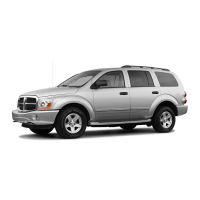
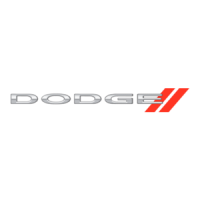

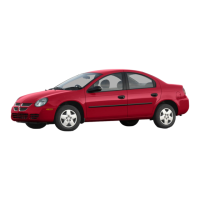
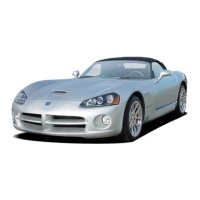
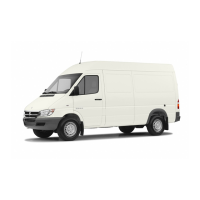

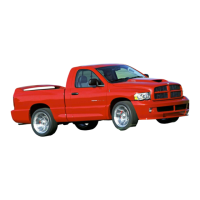
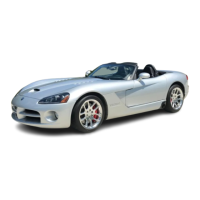

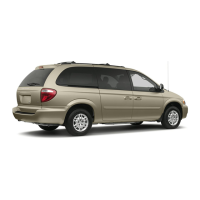
